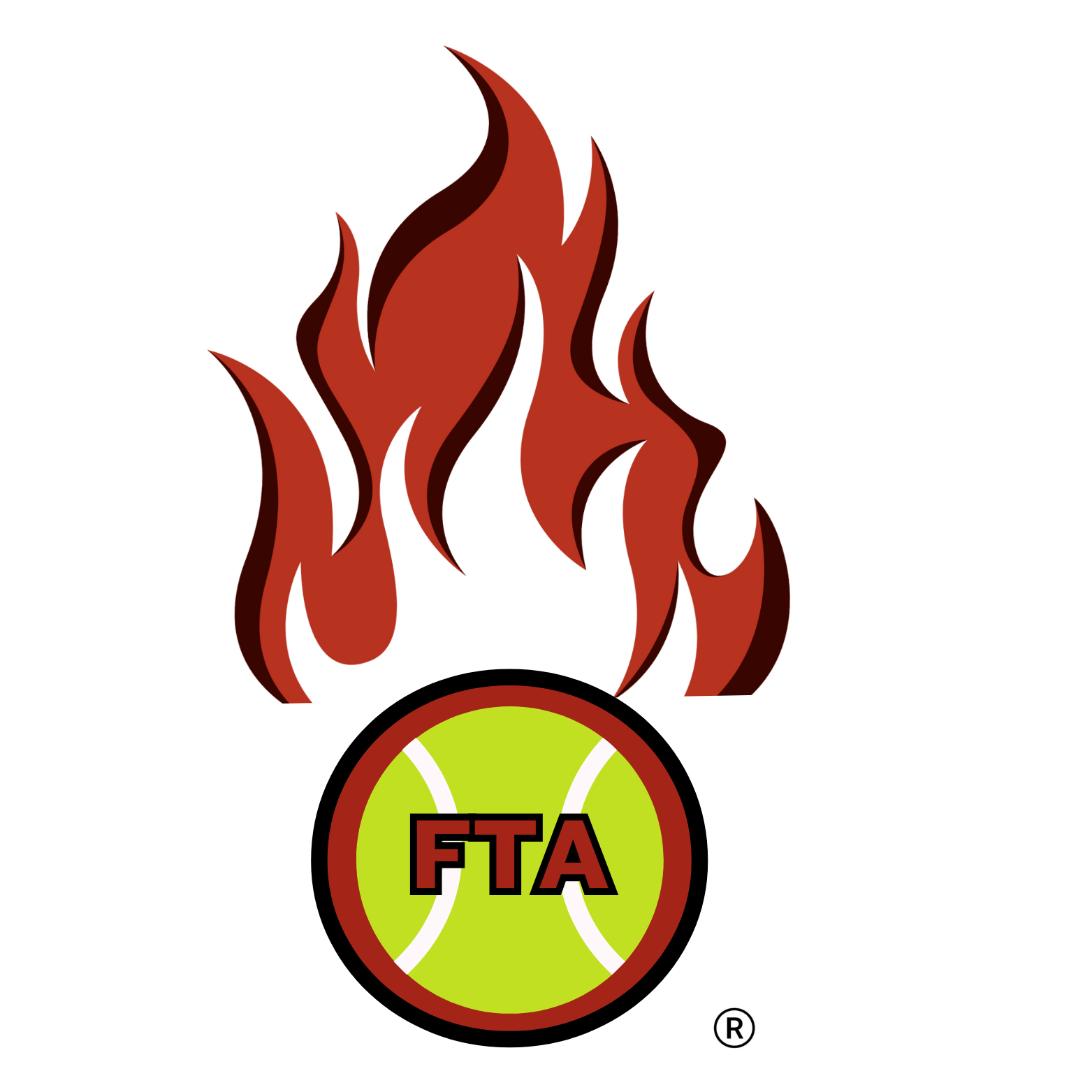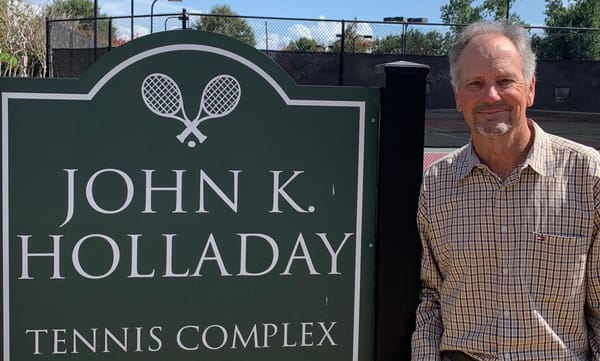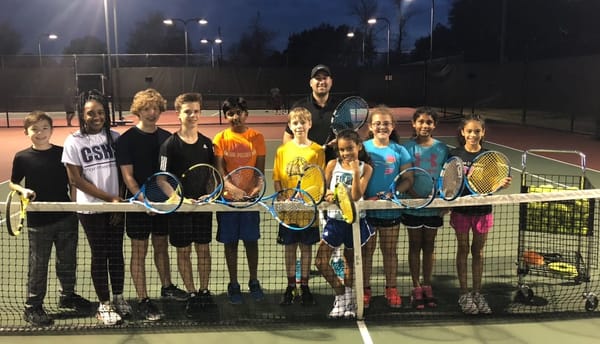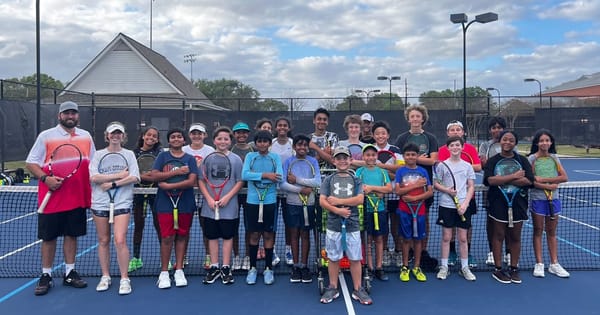Fundamental Tactics & Focus Points to Elevate Your Game!
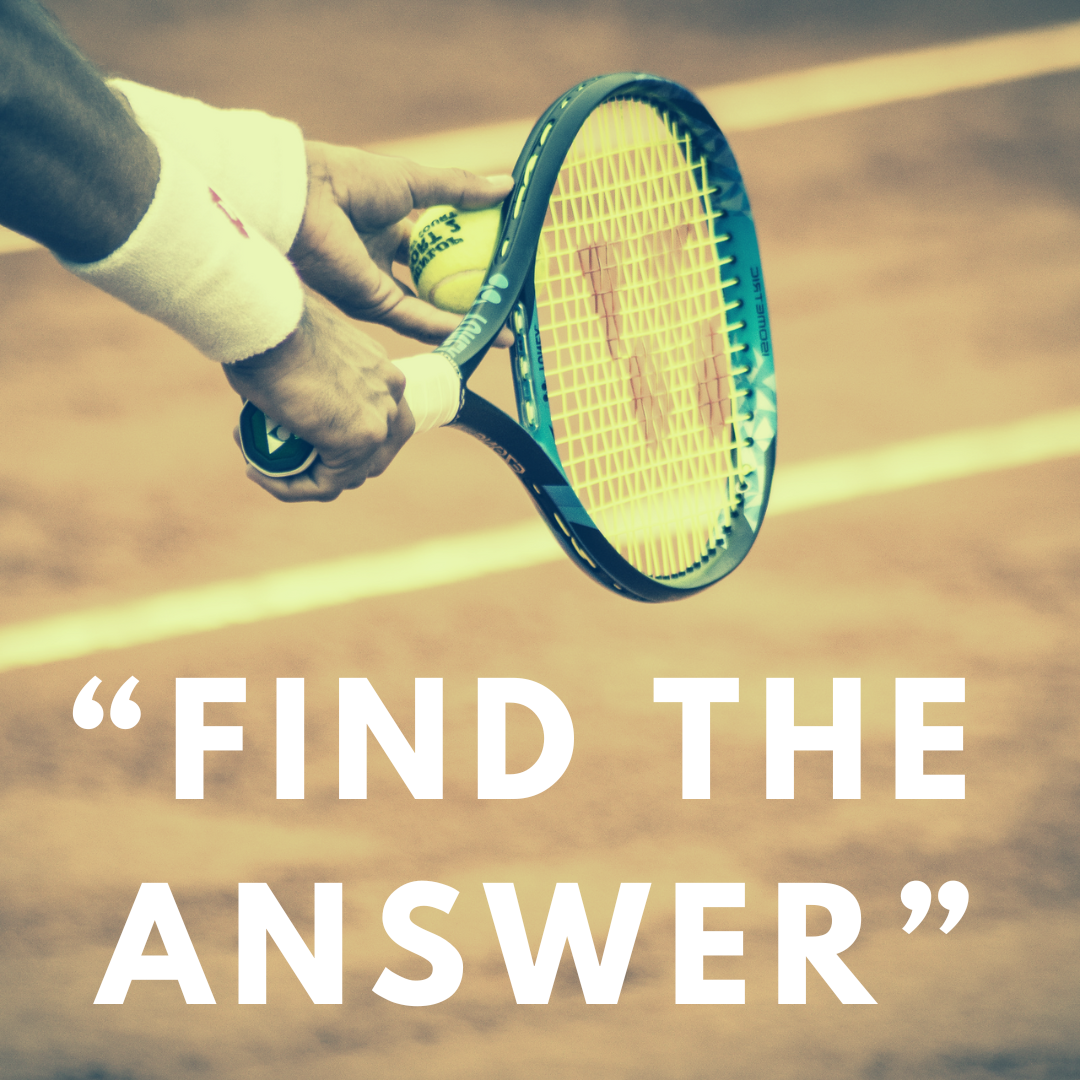
Even at high levels of tennis where players have powerful serves, strong groundstrokes, and solid all-around skills, certain strategies can be overlooked or forgotten. Here are some critical yet sometimes neglected strategies that can make a big difference:
Court Positioning and Spacing: Many top players rely heavily on their physical abilities and instincts, but effective court positioning and spacing can make a huge difference. Staying in the right part of the court and positioning yourself optimally for each shot can help you handle opponents' power and force errors. For example, positioning yourself further from the baseline on return games can provide the extra time needed when facing big servers. Or using a very common strategy for pre determined court positioning based on shot selection. This diagram tells the player where to recover by using the geometry of the court to find the optimal space in between the two potential shots your opponent could create.
Use of Slice and Drop Shots: While big groundstrokes are crucial, incorporating slice shots and drop shots can disrupt an opponent’s rhythm. These shots can change the pace and force your opponent to adjust, which can create opportunities for more aggressive play or force errors.
Effective Use of the Second Serve: Often, players focus on their first serve, but a reliable and strategic second serve is crucial. By mixing up the spin and placement of second serves, you can make it harder for opponents to anticipate and attack your serve.
Playing the Mental Game: Even highly skilled players can overlook the mental aspect of the game. Staying focused, managing stress, and maintaining a positive mindset are critical, especially in tight matches. Techniques like visualization and deep breathing can help maintain mental clarity and composure.
Strategic Shot Selection: Knowing when to go for a winner and when to play a safe shot can make a big difference. Sometimes, playing a more conservative shot to build the point can be more effective than trying to hit a winner every time.
Exploiting Opponent’s Weaknesses: Even at elite levels, identifying and exploiting an opponent’s weaknesses can be decisive. This involves not only hitting to their weaker side but also understanding their movement patterns and making them play more from their less comfortable positions.
Varying Pace and Spin: Many players rely on a consistent pace and spin, but varying these can throw off opponents. Mixing up speeds, adding more topspin or backspin, and changing the rhythm of your shots can make it harder for opponents to settle into a groove. Most importantly adding variety to speed and shape of your shots can potentially move the ball out of your opponents strike zone and lead to easy or weak shots when returned.
Effective Net Play: High-level players often focus on baseline rallies, but effective net play can be a game-changer. Knowing when to approach the net and having strong volleying skills can create opportunities to finish points and put pressure on opponents.
Body Language and Reading Opponents: Players might underestimate the importance of body language in reading their opponents. Observing subtle cues can provide insights into an opponent’s next move or emotional state, giving you a tactical advantage.
Recovery and Footwork: Elite players sometimes neglect the importance of recovery after shots. Efficient footwork and quick recovery can help you get back into position quickly and be ready for the next shot, which is crucial in fast-paced matches.
By integrating these strategies into your game, you can gain an edge even against highly skilled opponents who have similar physical attributes and technical skills.
